This article may contain affiliate / compensated links. For full information, please see our disclaimer here.
Museums are an excellent way to get a better understanding of the local history and culture. Delhi is home to some of the best museums in India. I highly recommend visiting some of them if you have some extra time.
The best two-week itinerary including the Golden Triangle
- The best museums to visit in Delhi
- 1. The National Museum of India – the largest museum of India
- 2. The National Gallery of Modern Art – one of the largest art museums in the world
- 3. Nehru Memorial Museum and Library – the best source about the independence movement and the first prime minister of India
- 4. National War Memorial –a brand new museum in Delhi to honor the Indian Forces
- 5. Presidential palace (Rashtrapati Bhavan) – one of the best museums in Delhi
- 6. The Indira Gandhi Memorial – the story of the first female prime minister of India till her assassination
- 7. Mahatma Gandhi museum – a great museum about the Father of Nation in Delhi
- 8. National Rail Museum – everything about the Indian railway
- 9. Shankar’s International Dolls Museum – collection of handcrafted dolls from all over the world
- 10. The Sulabh International Museum of Toilets- the weirdest museum in Delhi
- 11. The Delhi metro museum – one of the most successful metro projects in the world
- 12. Sikh Heritage Multimedia Museum – learn more about the Sikh religion in the Gurudwara Bangla Sahib
- Other museums in Delhi
The best museums to visit in Delhi
1. The National Museum of India – the largest museum of India
One of the largest museums in India opened in 1949. This vast museum gives an overview of Indian history from the Buddhist times, the Harappan civilization, and the era of the Mughal Empire till modern days. You can easily spend a whole day going through the galleries with sculptures, coins, artifacts, etc.
Opening hours: 10 am – 6 pm, Monday closed
Entrance fee: 20 INR for Indians, 650 INR for foreigners
Location: Janpath, New Delhi, close to India gate
Choose from the several museum tours in Delhi
2. The National Gallery of Modern Art – one of the largest art museums in the world
The former palace of the maharaja of Jaipur houses an excellent collection of contemporary and modern arts. Once you are at the iconic India Gate, the museum is just next to that.
With 17,000 displayed objects, it is one of the largest art museums in the world. The paintings, sculptures, photographs of 2000 Indian and foreign artists are on display.
The museum has several galleries, one dedicated to Rabindranath Tagore, the Nobel laureate in literature. Another unique part is the painting collection of Amrita Sher-Gil, one of the greatest Indian artists of the 20th century.
Amrita Sher-Gil – a young lady who became the most appreciated painter of India
Amrita and Frida Kahlo were the pioneers of women’s freedom. The Indian painter died tragically at the age of 28 in 1941, but her paintings are still among the most valuable ones. That time they compared her talent to that of Pablo Picasso. Some of her most renowned artworks are Mother India, Two Elephants, and Three Girls.
Amrita was an extraordinary talent with a scandalous life. She had countless sexual relations with men and women. She got pregnant several times and underwent several abortions. It was probably the reason for her tragic death at such a young age.
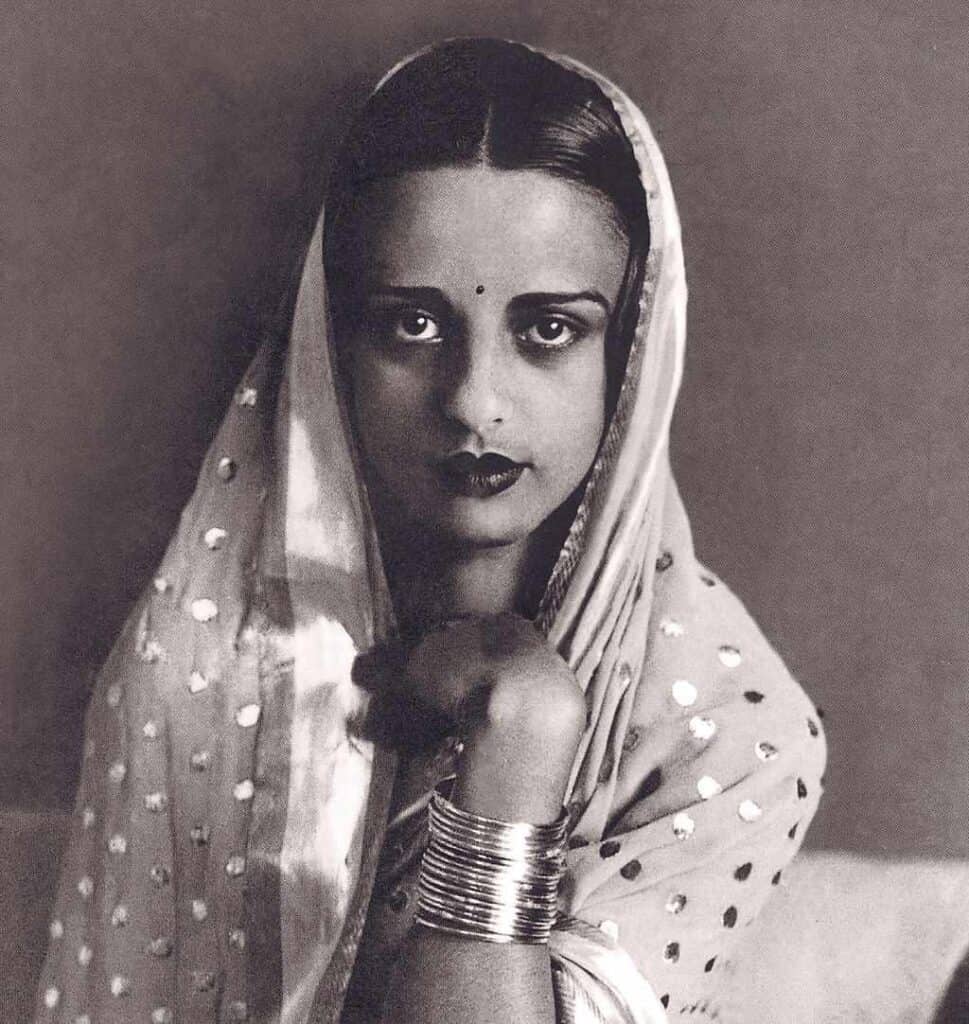
The artist was not involved in politics, but she shocked the public by displaying the pain, sorrow, humiliation of the lower class women in her paintings. She broke with all conventions and used art as a tool to show the miserable fate of the non-elite, and went so far as to undress her models that were completely against the trends at that time. The young girl was, without doubt, a genius, who was sometimes painting like a mad person. She used colors out of instinct without considering any written rules.
Her father, Umrao Sher-Ghil, was the son of a wealthy Sikh family and her mother belonged to an intellectual Hungarian Jewish family. Besides Jawaharlal Nehru, he was also a possible candidate to be the first prime president of independent India.
Amrita spent her childhood in Hungary, where her uncle, Ervin Baktay, the famous orientalist, discovered her talent and became her mentor. She got admitted to the École Nationale des Beaux-Arts in Paris, where she got the necessary education to become a world-known painter. She won the Gold Medal of the Salon de Paris, the most prominent exhibition for painters when she was still a teenager. It is an incredible achievement considering that exhibiting a work of art at the Salon de Paris is already a matter of prestige among artists.
The atmosphere between the two world wars was depressing, and the family decided to return to the mountain village, Shimla. In a conservative country like India, rumors spread quickly about the unconventional lifestyle of Amrita. She could win every man with her charm. Even the future prime minister of India, Jawaharlal Nehru developed feelings for her.
Amrita got married to her cousin, Egon, but they agreed not to have any children from an incestuous relation. The relatives had little understanding, but they lived happily in an open relationship.
Egon had a great understanding of Amrita and tolerated all her lovers. He, as a doctor, executed several abortions for Amrita himself.
Amrita reached an artistic crisis when she could not continue painting. They moved to Lahore, current Pakistan, where she regained her creative spirits and recovered from depression. Then she suddenly collapsed while compiling the list of works of art for her exhibition. Nobody knows what happened exactly. Her husband and cousin, Egon spent the last days with her before she died.
There are guided tours at specific times in the museum, and after the visit, you can take a walk in the sculpture garden.
Location: Jaipur House, India Gate, Near Delhi High Court, New Delhi- 110 003.
Opening hours: 10:00 am to 5:00 pm, closed on Monday
Entrance fee: 500 INR for foreigners
Choose from the several museum tours in Delhi
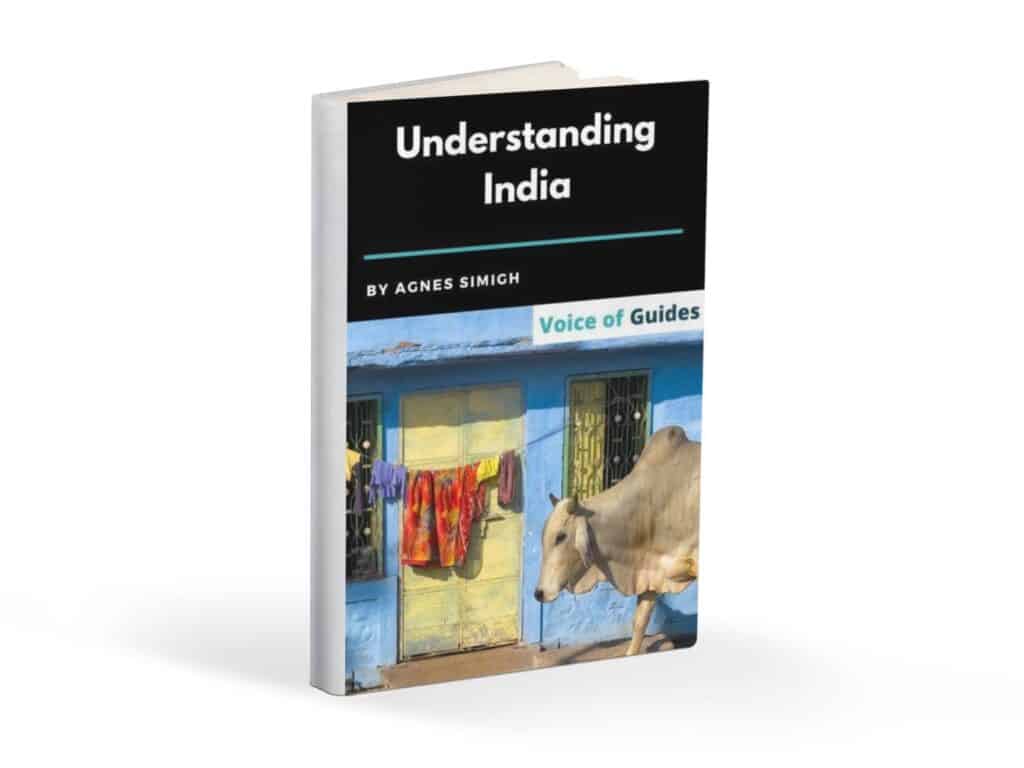
3. Nehru Memorial Museum and Library – the best source about the independence movement and the first prime minister of India
The Nehru museum displays the history of the independence movement. It opened right after the death of Jawaharlal Nehru, the first prime minister of India. The library is a significant collection of documents about Nehru’s life. Photographs and manuscripts of both Nehru and Gandhi are some of the remarkable parts of the research center.
Nehru was the second most important political figure in the independence movement after Mahatma Gandhi. It did not mean that they entirely shared the same views. He had doubts whether the non-violent resistance of Gandhi was always the best choice and believed when India’s independence is at stake, then violent acts are justified. Nehru also insisted that the secession of Pakistan was an acceptable sacrifice for Indian sovereignty. For Gandhi, the loss of Pakistan was an unbearable cost for the independence.
Indians call him „Uncle Nehru” (Chacha Nehru), and the birthday of Nehru, 14th of November, became the children’s day in India.
Location: Teen Murti House campus south of Rashtrapati Bhavan (presidential palace) in New Delhi,
Opening hours: 9 am – 5:30 pm, Monday closed
Entrance fee: free of cost
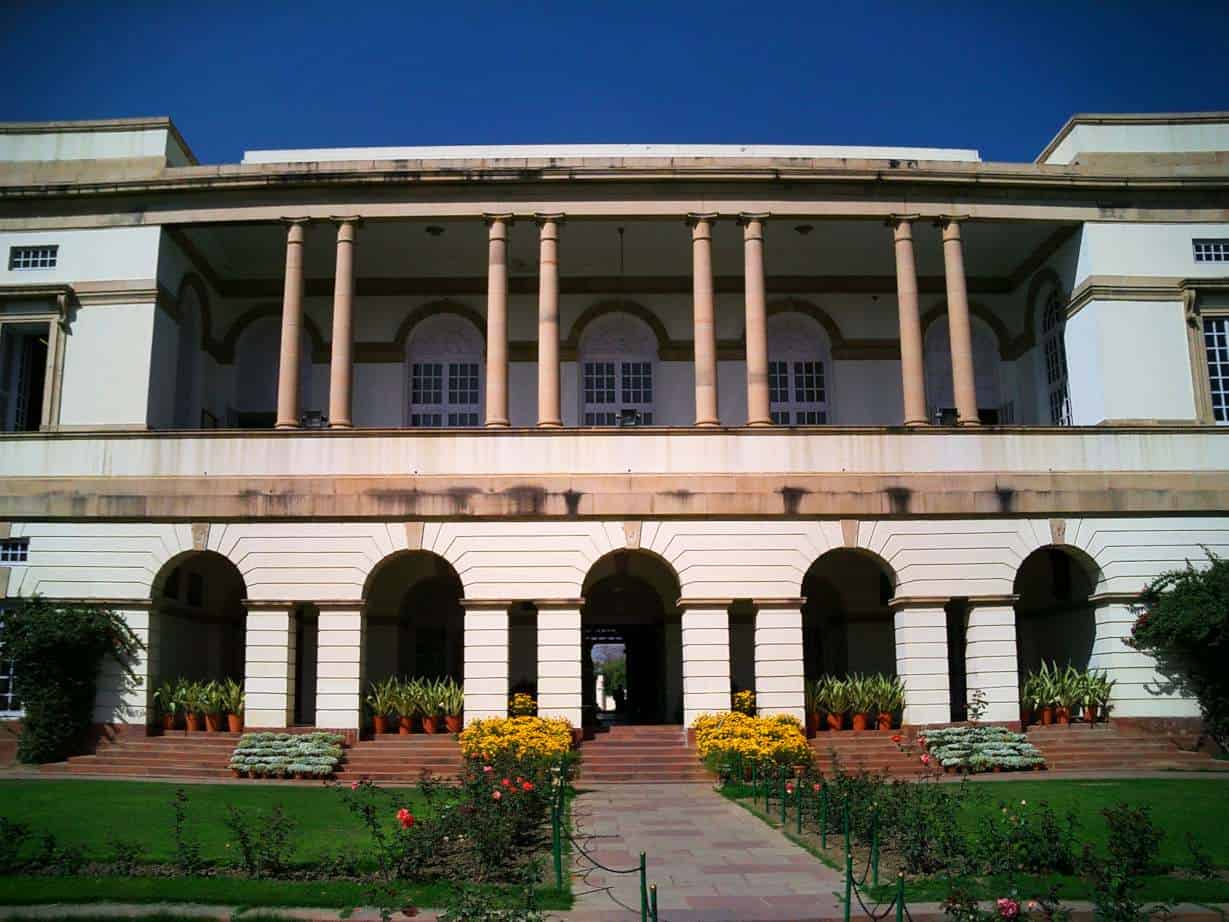
4. National War Memorial –a brand new museum in Delhi to honor the Indian Forces
Right behind the India gate stands a national monument. It honors all the soldiers of the Armed Forces who gave their lives for independent India. Including those who fought the Indo-China war of 1962, the Indian Peace Keeping Force operations in Sri Lanka, the Indo-Pakistani wars, and the Kargil dispute of 1999.
It has four concentric circles, each signifying different values of the armed forces: Amar Chakra (immortality), Veerta Chakra (bravery), Tyag Chakra (sacrifice), and Rakshak Chakra (protection). They engraved the names of all the war heroes in gold on granite slabs.
In the center stands a 15-meter high obelisk with an Eternal Flame. It symbolizes that the 26,000 soldiers who sacrificed their lives for the nation will always be remembered.
Tip: Every evening, 30 minutes before sunset, there is a retreat ceremony. They lower the flags with the bugle call of 32 seconds. Every Sunday, 45 minutes before sunset (duration 20 minutes), there is the ceremonial change of guards.
Visiting rules: keep your mobile on silent mode and only walk on the designated pathways.
Opening time: every day 09:00- 18:30 (November to March), 09:00 – 19:30 (April to October)
Entrance fee: free of cost
5. Presidential palace (Rashtrapati Bhavan) – one of the best museums in Delhi
They only opened parts of the Presidential Palace for the public lately. But you must register yourself to get a confirmation for your visit.
The Indian presidential palace is a 4-storey building that occupies 19000 m² and comprises 340 rooms. It took 17 years to build, and 17 years after the completion, India gained its independence (15th August 1947). It is the most expansive residence of any head of state in the world. The main feature of the presidential palace is the central dome partly modeled after the early Buddhist stupas.
The estate includes large open spaces with stables, residences of the bodyguards, and the colorful Mughal garden with fountains, roses, and herbs.
Important: the Mughal garden is only open for the public during February-March every year (6th February – 9th March, 9.30 am – 4 pm in 2021). If you happen to be in India at that time, then it is a great program.
The palace has two main reception halls with marble decorations, Belgian chandeliers, and fresco paintings. These two halls are the venue of the official events, the reception of official delegates, diplomats, and other dignitaries.
The Durbar Hall, right under the dome, served as the throne room during the British time. Today it contains the decorated chair of the president. Jawaharlal Nehru took the oath to become Prime Minister on 15th August 1947 in this hall as well.
The Ashoka Hall is the other impressive room, originally designed as a ballroom.
You can choose from different circuits of the palace.
Circuit 1: The Rashtrapati Bhavan Main Building and the Central Lawn – available on Saturday and Sunday
Circuit 2: The Rashtrapati Bhavan Museum Complex (RBMC) with the Clock Tower, the Stables, and the Garages –available every day except Monday.
Circuit 3: The Mughal garden in February- March, the exact time is announced beforehand.
Book here your visit to the Presidential Palace: http://rashtrapatisachivalaya.gov.in/rbtour/. You get a confirmation of your visit via SMS or Email.
Registration fee: 50 INR
Tip: If you are in Delhi at the weekend, you should go for Circuit 1, which shows you the two fascinating reception halls, the Ashoka Hall and the Durbar Hall.
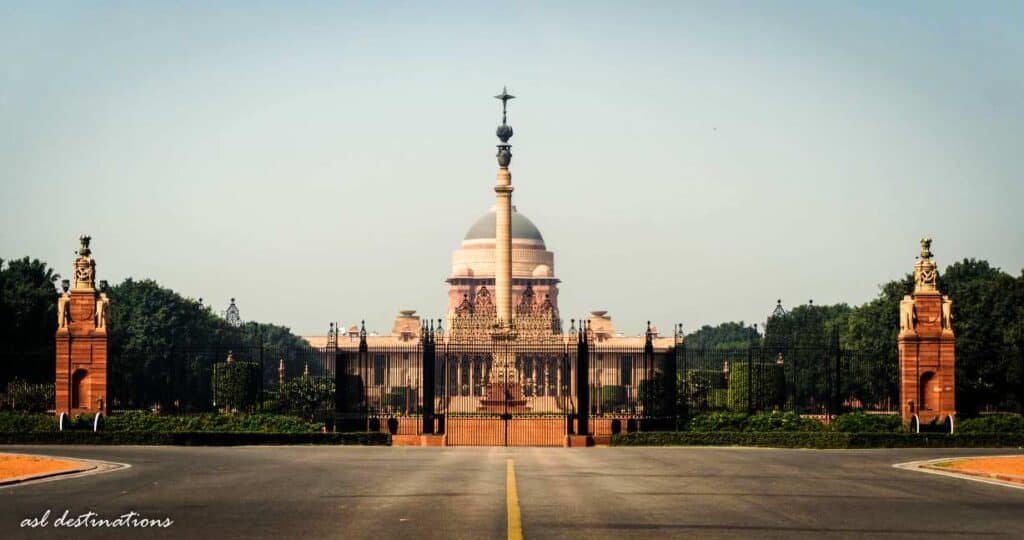
6. The Indira Gandhi Memorial – the story of the first female prime minister of India till her assassination
They converted the former residence of Indira Gandhi, the first female prime minister of India (1966-1977, 1981- 1984), into a museum. The personal belongings, bags, pen, documents, and other personal items of Indira Gandhi and her son, Rajiv Gandhi, are displayed.
Despite the family’s disapproval, she got married and took the name of her husband, the Parsi lawyer, Feroze Gandhi. Indira Gandhi was the daughter of the first prime minister of India, Jawaharlal Nehru. She grew up observing her father fighting for independence, protesting against the British, and going to jail several times. As a secretary to her father, she learned everything about diplomacy and politics and accompanied him on every official visit.
She had two sons, Sanjay and Rajiv Gandhi. Sanjay was about to follow her on a political path, but he died in a tragic plane accident in 1980. Rajiv never wanted to join politics. He was a trained pilot employed by Air India, the first airline of India. But he had no choice. After the death of his brother and his mother, he had to take the oath as the new prime minister. The series of tragedies did not end here. Rajiv was assassinated in 1991 by a suicide bomber from a Tamil separatist group.
India Gandhi became the first female prime minister of India in 1966. In a country that attributed the housewife role to women. But the election of Indira as the daughter of Nehru did not come as a surprise.
India Gandhi gained sympathy when she launched the “Green Revolution” to increase agricultural production and achieve self-sufficiency. It was vital in a country where the population grew by 25% every decade on average.
“Garibi Hatao!” – “End poverty!” – was the motto and mission of India Gandhi.
In 1971 the war between East and West-Pakistan led to the creation of Bangladesh. When the Pakistani army attacked East-Pakistan, Indira Gandhi opened the borders and gave shelter for 10 million Pakistani refugees.
The political matters took an unexpected turn afterward. They accused Indira Gandhi of electoral corruption and banned her from running for the elections for six years. She answered with terror. Indira Gandhi introduced a state of emergency and restricted the rights of citizens. She imprisoned thousands without a trial. Her reputation broke, and she lost the election in 1977. In 1981 she was reelected and stayed in office till her assassination (31st October 1984).
Few months before her death, she ordered to attack the Golden Temple of Amritsar occupied by Sikh separatists.
The Sikh-Hindu religious tension was at its peak, and the Sikh claimed independence. Gandhi refused and answered with an iron hand. She sent troops to free the temple. Hundreds of Sikhs died that day. A few months later, the Sikh bodyguards of Indira Gandhi took revenge for the massacre of Amritsar and murdered the prime minister.
Opening hours: 9:00am – 5:00pm, Monday closed
Entrance fee: free of cost
7. Mahatma Gandhi museum – a great museum about the Father of Nation in Delhi
The Gandhi Museum is located next to the memorial of Gandhi (Raj Ghat) at the place of Samadhi (cremation). The library of the museum has a collection of 35,000 books and displays some personal objects of Gandhi. The famous walking stick, the shawl, the dhoti that he wore at the time of the assassination, and one of the bullets ending his life with his urn. It is definitely among the best museums in Delhi.
Opening hours: 10:00am – 5:00pm
Entrance fee: free of cost
Choose from the several museum tours in Delhi
8. National Rail Museum – everything about the Indian railway
The National Rail Museum is one of the most popular museums in Delhi for Indians. They united the independent railways of the princely states in independent India. That is how the Indian Railways were created. The maharajas and royal families had plenty of private trains. They used them for going to their summer retreats and on tiger hunting. The Maharaja of Gwalior had the most incredible train. The small silver train ran on the banquet table and served alcohol, cigar, and ice cubes. The train automatically stopped as soon as the guest touched it. As soon as the guest served himself, the train continued.
The museum collection contains a steam monorail from 1907 and the world’s oldest working steam locomotive in operational service.
The museum has a stylish restaurant, The Rails. The building is the replica of the famous railway station of Mumbai, the Chhatrapati Shivaji terminus.
Other programs include a joy train or 3D virtual coach ride, and a Steam Loco Simulator.
If you are interested in railways, this is a fun place for both adults and children.
Opening hours: Tuesday-Sunday 10:00 am- 5:00 pm, Monday closed
Entrance fee: 50 INR on weekdays, 100 INR at the weekend, but you must pay extra for the rides that also vary at the weekend and on weekdays.
Find more info on the ticket prices here: http://nrmindia.com/tickets.html
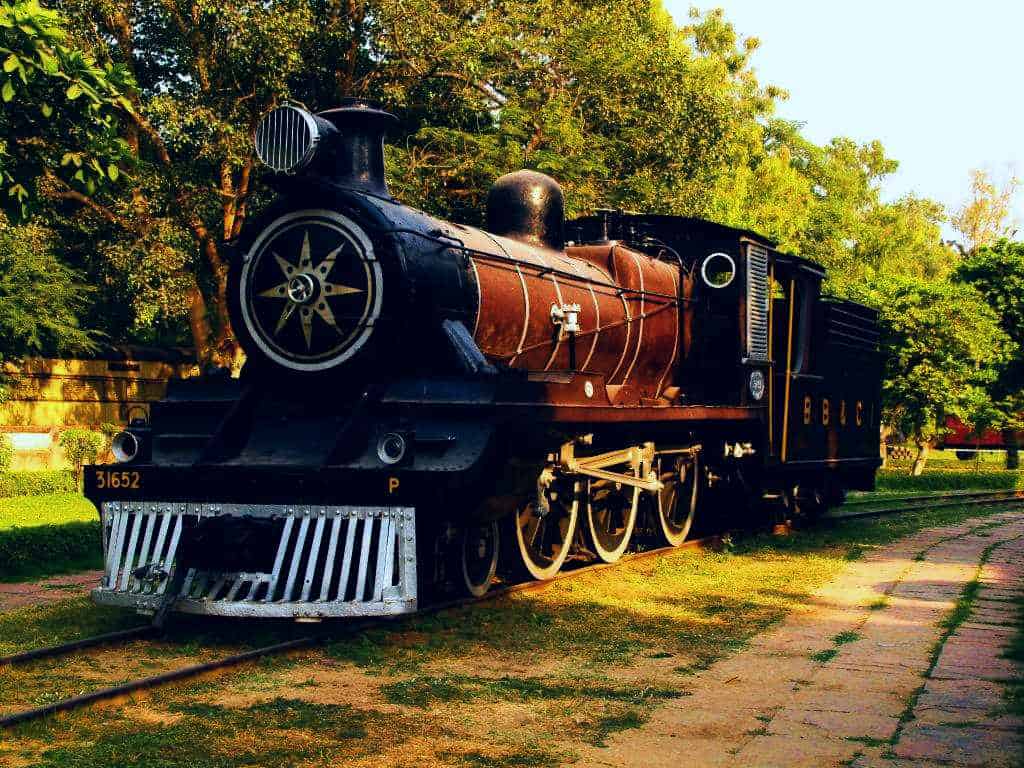
9. Shankar’s International Dolls Museum – collection of handcrafted dolls from all over the world
Locals love this museum. School classes often go for a visit. There are dolls from Africa, India, the Middle East, Europe, Australia, UK, and the USA. The Indian collection displays dolls dressed in 150 different local costumes, including wedding and dancing costumes. They designed the handcrafted dolls with incredible accuracy.
The dresses match the shape and facial expression of the dolls. The total collection includes 6500 dolls from 80 countries.
Opening hours: 10 am- 6:00 pm, Monday closed
Entrance fee: 50 INR
10. The Sulabh International Museum of Toilets- the weirdest museum in Delhi
According to Time magazine, it is one of the weirdest museums in the world. It opened in 1992 to address the critical sanitation problems of the country. In India, many people still defecate in the open, and most villages have no sewerage system. An epidemic is a constant danger.
In the countryside, the villagers refuse to have a toilet in their homes and stick to traditions.
They think it is healthier to defecate in the open. The authorities tried to educate people to defecate in private places at least. But it is more complicated to change people’s mindsets. Public toilets exist for a long time but due to their poor state of repair, people preferred not to use them.
In India, people take water for ablution and use strictly their left hand. They cannot make their right hand dirty because it is the one they eat with.
The museum displays toilets from ancient, medieval, and modern times and shows the change of technology and habits. The visitor gets to know funny anecdotes about toilet usage. The French king, Louis XIV was defecating while holding a court or about toilets hidden in a bookshelf.
Opening hours: 10.30am- 5:00pm
Entrance fee: free of cost
11. The Delhi metro museum – one of the most successful metro projects in the world
The Delhi metro was a milestone in the transport system of one of the most populated cities in the world. Millions of people use the metro every day. The metro network is non-stop under construction aimed at expanding to 450 km. It was a real challenge to build a metro line in a congested city like Delhi. They applied technology from many developed countries to create one of the most advanced metro systems. The Chawri bazaar Metro station became the second deepest. The museum displays the model of a tunnel boring machine, the technological features of the Automatic Train Control System and the Automatic Fare Collection system.
Up to now, only Calcutta and Delhi have metro lines in India. Even Mumbai, with 20 million inhabitants, does not have a “tube” yet. But the Delhi metro system is exceptional and creates operational profit.
Opening hours: 10:00am to 4:00pm
Entrance fee: 8 INR
Location: Patel Chowk Metro station
The best two-week itinerary including the Golden Triangle
12. Sikh Heritage Multimedia Museum – learn more about the Sikh religion in the Gurudwara Bangla Sahib
It is a must to visit the Gurudwara Bangla Sahib Sikh temple in Delhi. The Sikh religion was born in India and had a twisting story. The museum helps understand their belief, dressing style, and culture.
Other museums in Delhi
1. National Handicrafts and Handlooms Museum
Opening hours: 10:00am- 5:00pm
Entrance fee: 150 INR
2. National Science Center
Opening hours: 10:00am- 5:30pm
Entrance fee: 50 INR
Tip: go on a museum tour in Delhi and visit some of the best or quirkiest museums in Delhi
Pin it for later!
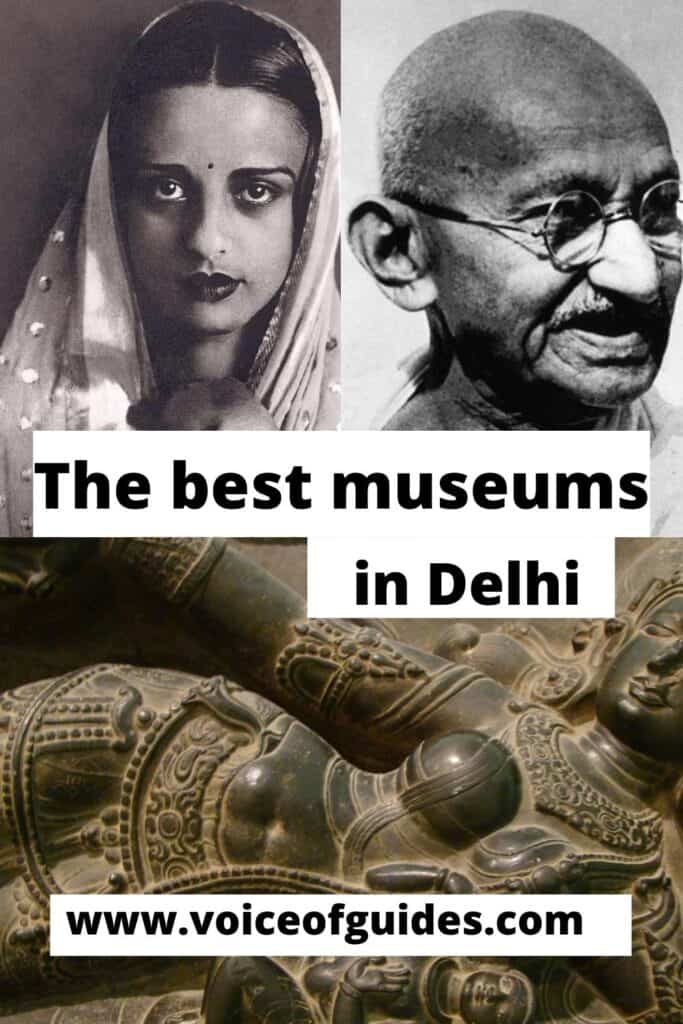

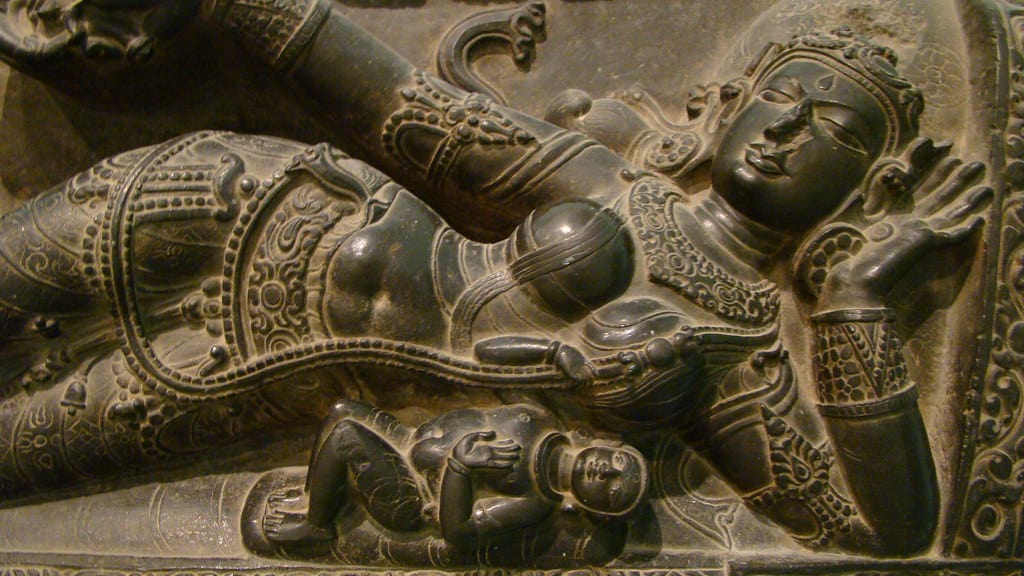

Pingback: The ultimate guide for a two-week itinerary including the Golden Triangle in India | Voice of Guides